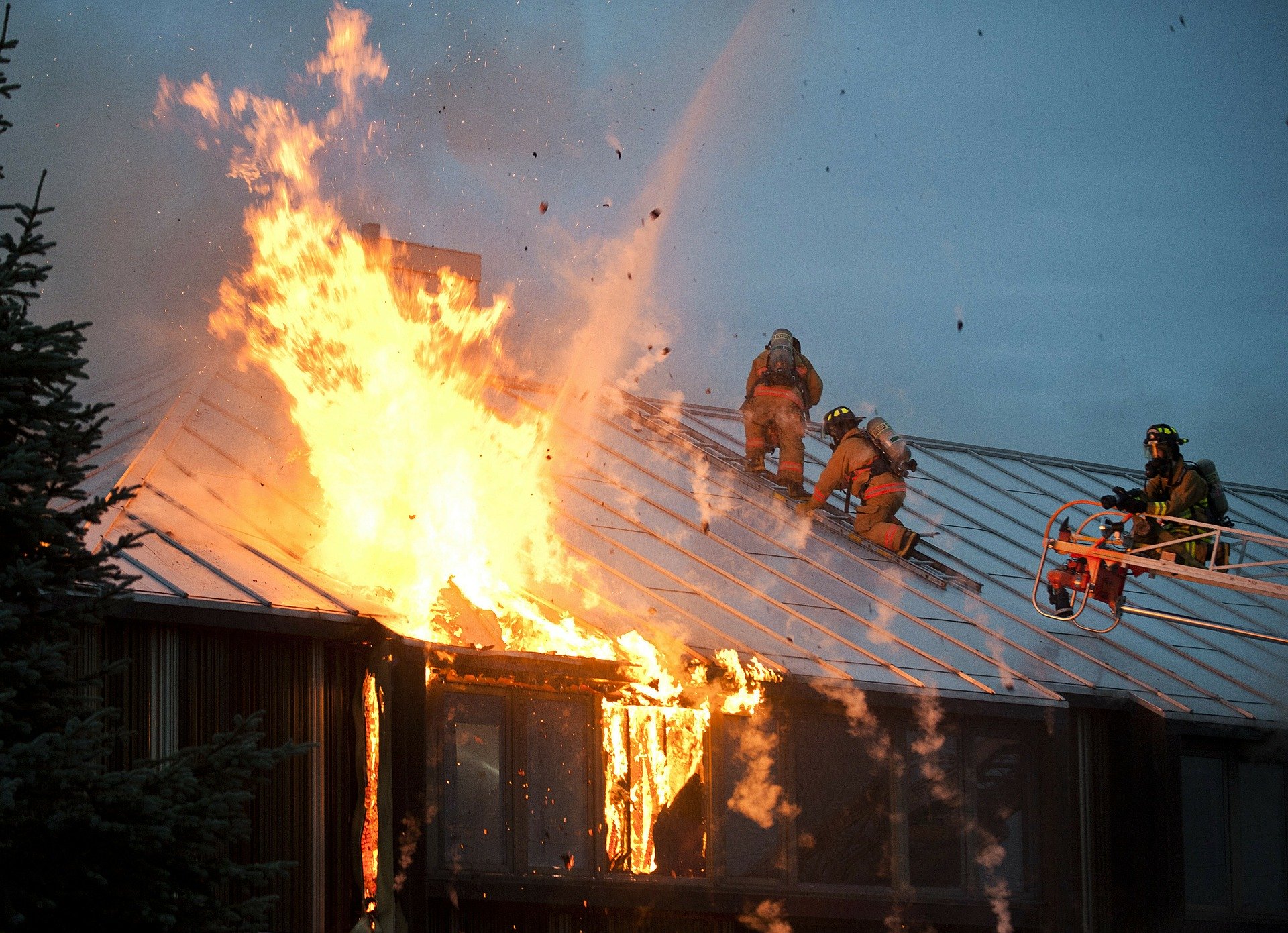June is National Safety Month, a time intended to raise awareness about maintaining safety at home and at work. Electric and gas malfunctions can be hazardous, so this is a good time to review some safety tips and consider home protection plans for these systems that can enhance the safety of energy consumers in several ways.There are many well-documented safety hazards related to gas and electrical malfunctions. In a five-year period, U.S. fire departments responded to 354,400 home structure fires, which made up 27 percent of reported fires, according to the National Fire Protection Association. There was an average of 2,620 civilian fire deaths and 11,220 injuries annually. There was $6.9 billion in annual property damage. The five leading causes of home fires were cooking, heating, electrical and lighting, arson and smoking.
Electrical failure or malfunctions causing fires accounted for 13 percent of home structure fires, but had the highest number of deaths, 18 percent, and property damage, 20 percent. Nearly 40 percent of electrical fires occurred from November through February.
Electrical distribution and lighting equipment – including fixed wiring, meters, switches, receptacles, outlets, cords, plugs and lighting – accounted for 10 percent of electrical home fires. Most of these fires originated either in a bedroom, 17 percent, attic or ceiling, 12 percent, or inside a wall or other concealed space, 9 percent.
Electrical and heating home systems accounted for nearly 40 percent of deaths and more than 20 percent of injuries during the five-year period.
Gas and oil furnaces, water heaters, clothes dryers, fireplaces and gas ovens produce carbon monoxide, and more than 400 Americans die, 4,000 are hospitalized and 20,000 have had to visit an emergency room because of CO poisoning, according to the National Association of State Fire Marshals.
More than two-thirds of Americans use CO-producing heating system to heat their homes, and heating systems are responsible for 65 percent of CO-caused deaths. Only 50 percent of Americans have a CO detector in their homes, but if every home were equipped with two CO alarms, the estimated $8.8 billion annual cost of CO-caused deaths and injuries would be reduced by 93 percent.
While gas and electric utilities nationwide maintain an excellent safety record, there are things consumers can do to maintain a safe home, such as installing and regularly checking smoke detectors, carbon monoxide detectors and fire extinguishers, and mapping out and practicing a family fire escape plan.
There’s a wealth of safety tips available to consumers – Nationwide Insurance offers a list of electrical safety tips; the National Safety Council offers comprehensive information about carbon monoxide safety; and the American Red Cross also has videos and apps to help prepare for emergencies such as electrical home fires.
Emergency home repair plans can also help to ensure that gas, electric and heating systems are in good working order.
There are several reasons an emergency home repair plan fit into an overall safety plan:
- Proactive attention to a problem: A person with a plan is more apt to call for service on a small problem before the issue becomes worse, and potentially dangerous. Once on-site, contractors can check other systems to ensure there are no additional issues and if any are discovered they can be fixed immediately.
- Expeditious response: While it can take days for a contractor from the phone book to arrive, a home protection plan company has a defined and short response time. With HomeServe, the customer receives a call from a qualified contractor to agree upon a convenient time for the contractor to execute the repair.
- Careful screening/vetting: Home protection plans provide consumers access to licensed and insured local contractors who have undergone drug tests and background checks. In addition to vetting, HomeServe sends an email/text verification of who is coming, and they have records of exactly who was sent and what happened on the call. Calling a contractor out of the phone book provides none of these safety benefits.
Having a contractor fully vetted before they arrive at a resident’s home has the added benefit of avoiding “fly-by-night,” unlicensed and uninsured contractors, which can leave the homeowner open to lawsuits or unpermitted work.
Risks include:
- Unlicensed contractors may fail to obtain permits or their work may not be up to code. This could impact the property value or lead to liability if the homeowner sells the property.
- If work needs to be re-done because it doesn’t meet code standards, it’s unlikely the contractor will have liability insurance or a bond, and that extra expense will fall on the homeowner.
- If the contractor does not carry workers compensation insurance, the homeowner who hires that contractor – and all their employees – becomes the employer, and is responsible for injuries occurring on the property.
- If a contractor is unlicensed and causes damage to a neighboring property or person, the homeowner may be held responsible for the contractor’s actions.
Additionally, by having a contractor vetted by a third party, homeowners can avoid common scams, such as overcharging for work, upselling unneeded services, changing costs mid-job and contractors who don’t have the expertise to properly complete the job or who deliberately use jargon homeowners don’t understand to confuse and overwhelm them.
A partnership with HomeServe enables utilities to offer emergency home repair plans that deliver best-in-class service through an extensive network of rigorously vetted local contractors. To learn more about how a partnership can benefit utilities and energy consumers, contact us.

